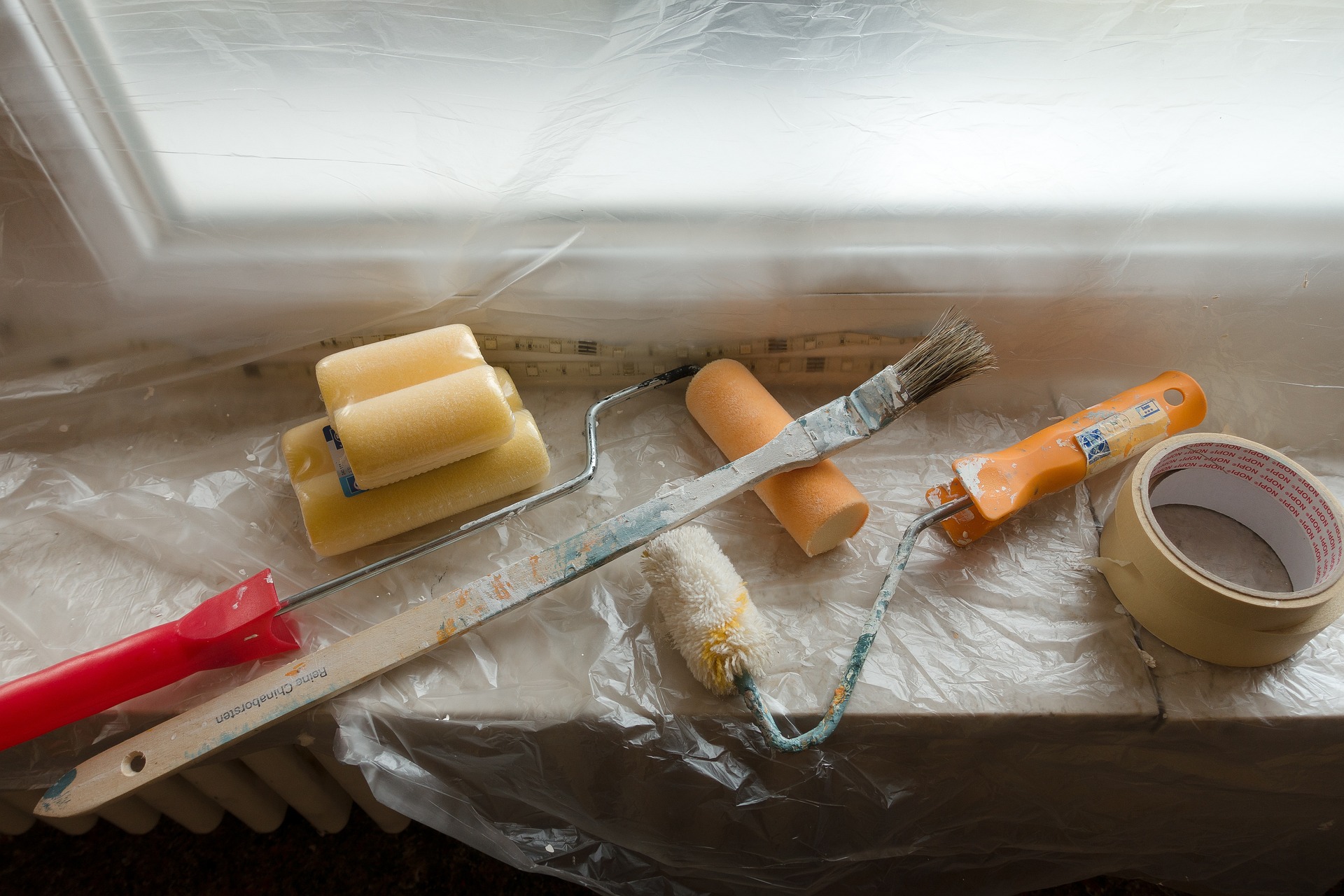In the ever-evolving landscape of real estate, flipping properties has carved out a niche as a lucrative venture that promises substantial returns for those who navigate it wisely. This venture entails the acquisition of undervalued properties, followed by thoughtful renovations, and culminating in a sale at a higher price point.
However, to truly reap the benefits and see a significant profit margin, it is imperative to approach this business with a meticulous plan and a discerning eye for detail. In this comprehensive guide, we explore a series of tips and tricks that promise to steer you towards successful and profitable renovations.
Understanding the Market Dynamics
Embarking on a property flipping venture necessitates a profound understanding of the market dynamics. It is not just about identifying a property and renovating it; it involves a deep dive into market trends, a nuanced understanding of your target audience’s preferences, and a vigilant monitoring of property values in the area you intend to invest in.
1. Market Research
Engage in exhaustive market research to pinpoint areas that hold high potential for property flipping. Seek neighbourhoods where property values are on an upward trajectory and where there is a burgeoning demand for housing. Analyse historical data, consult with local real estate agents, and keep an eye on governmental policies that might influence the real estate market in the future.
2. Target Audience
Identifying and understanding your target audience is a cornerstone of successful property flipping. Tailoring your renovations to meet their preferences can significantly enhance the property’s marketability. Whether catering to young families, professionals, or retirees, understanding their needs and preferences will guide you in making informed decisions during the renovation process, ensuring that the property resonates with potential buyers.
Finding the Right Property
The cornerstone of a successful flipping venture is selecting the right property. This step is pivotal and sets the tone for the entire project. Here are some guidelines to assist you in finding the perfect property to flip.
3. Location
The location of the property is a significant determinant of its value. Focus your search on areas that are witnessing infrastructural development, boast good schools, and offer amenities that cater to the lifestyle of your target audience. Proximity to business districts, recreational areas, and transportation hubs can also add to the property’s appeal.
4. Property Inspection
Before finalising the purchase, undertake a meticulous property inspection to unearth any potential issues. This step is crucial as it helps you to accurately estimate the renovation costs and avoid unforeseen expenses later on. Consider hiring a professional inspector who can identify structural, electrical, and plumbing issues that might not be apparent to the untrained eye.
Planning and Executing Renovations
With the property acquired, the next phase is to strategise and implement the renovations. This phase requires careful planning and execution to ensure that the renovations enhance the property’s value. Here are some tips to navigate this critical phase:
5. Budgeting
Craft a detailed budget that outlines the financial outlay for different aspects of the renovation, including structural repairs, cosmetic upgrades, and landscaping. This budget should be realistic, accounting for potential overruns and unexpected expenses. A well-planned budget serves as a roadmap, guiding you through the renovation process and helping to prevent costly mistakes.
6. Quality Renovations
Prioritise quality renovations that augment the property’s value. This involves investing in high-quality materials and engaging experienced contractors who can deliver work to a high standard. Remember, cutting corners can lead to costly repairs in the future, so focus on quality and durability in every aspect of the renovation.
7. Functional Improvements
Emphasise functional improvements that enhance the property’s liveability. This could encompass updating the kitchen and bathrooms with modern amenities, improving the layout to create a more open and inviting space, and incorporating energy-efficient features that appeal to environmentally conscious buyers.
8. Aesthetic Appeal
Don’t overlook the aesthetic appeal of the property. A fresh coat of paint, new flooring, and contemporary fixtures can significantly elevate the property’s allure. Consider the latest trends in interior design and incorporate elements that resonate with today’s buyers, such as neutral color palettes and natural materials.

Marketing and Selling the Property
Once the renovations are complete, the final hurdle is to market and sell the property effectively. This phase is crucial to realising the profits from your flipping venture. Here are some strategies to succeed in this final phase:
9. Staging
Consider staging the property to accentuate its full potential. A well-staged property can captivate more buyers and potentially command a higher price. Employ a professional stager who can create inviting spaces that allow potential buyers to envision themselves living in the home.
10. Pricing Strategy
Formulate a pricing strategy that mirrors the value added through renovations and aligns with the prevailing market conditions. Setting the right price can facilitate a quick sale while maximising your profit. Conduct a comparative market analysis to determine a competitive yet profitable price point.
11. Marketing
Invest in a robust marketing strategy to reach a broader audience. Utilise online listings, social media platforms, and traditional marketing channels to promote the property effectively. High-quality photographs and virtual tours can showcase the property in the best light, attracting more potential buyers.
12. Negotiation Skills
Sharpen your negotiation skills to secure the best possible deal. Be prepared to engage in negotiations with potential buyers, presenting the value propositions clearly and effectively to achieve a profitable sale. Remember, a successful negotiation is about finding a win-win solution for both parties.
Conclusion
Flipping properties can indeed be a rewarding venture when approached with the right strategy and meticulous execution. By immersing yourself in market dynamics, selecting the right property, orchestrating quality renovations, and deploying effective marketing and selling strategies, you can carve out a path to profitable renovations.
Bear in mind that success in property flipping is a gradual process, and each experience is a stepping stone towards future triumphs. Armed with knowledge and experience, you can build a successful career in property flipping, one renovation at a time.







